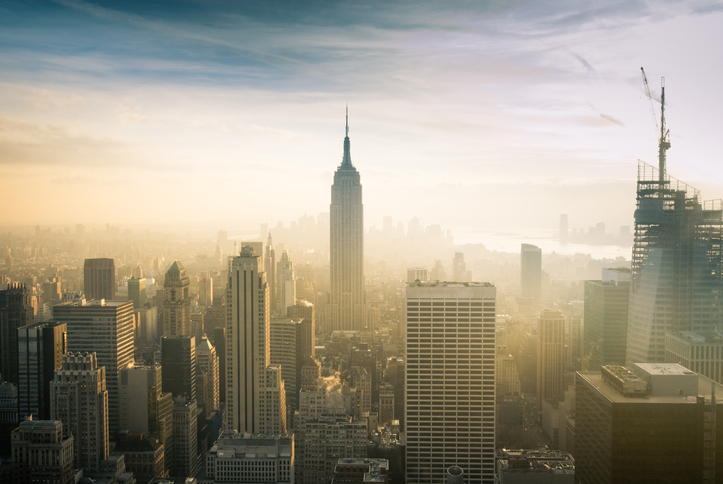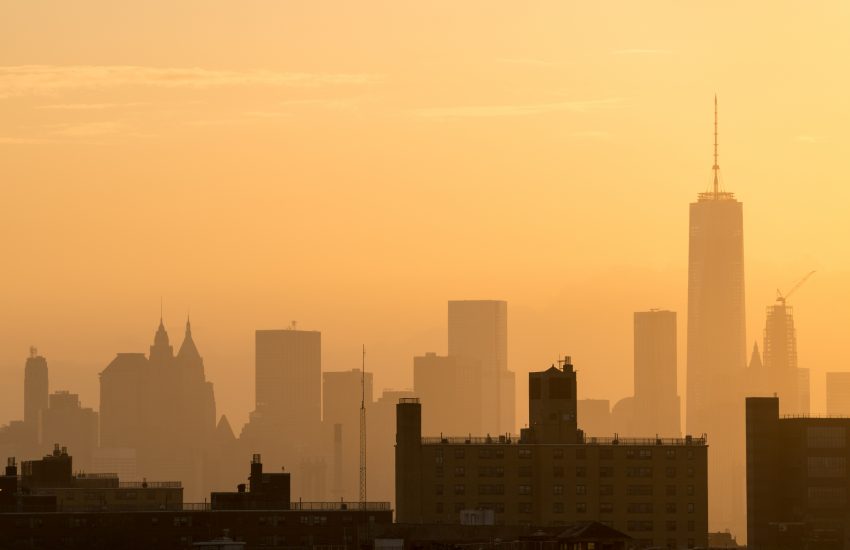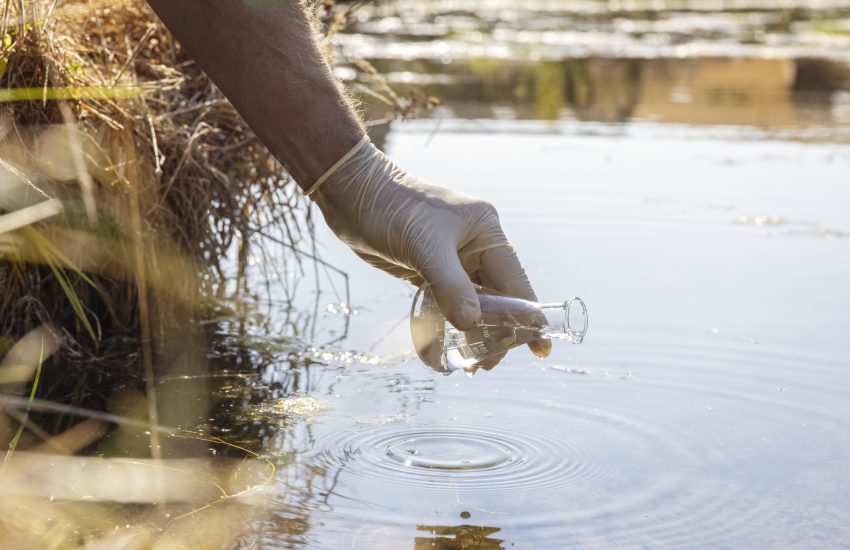On September 11, 2023, the New York City Planning Commission (CPC) approved the first of several rezoning proposals from Mayor Eric Adams aimed at reducing carbon emissions to reach the city’s climate goals. Specifically, New York has set the year 2050 as the target date by which it hopes to reduce its carbon emissions by 80 percent. The rezoning proposal, called the “City of Yes for Carbon Neutrality,” includes 17 citywide zoning changes that are designed to remove “barriers to greener energy, buildings, and water …
Continue Reading









